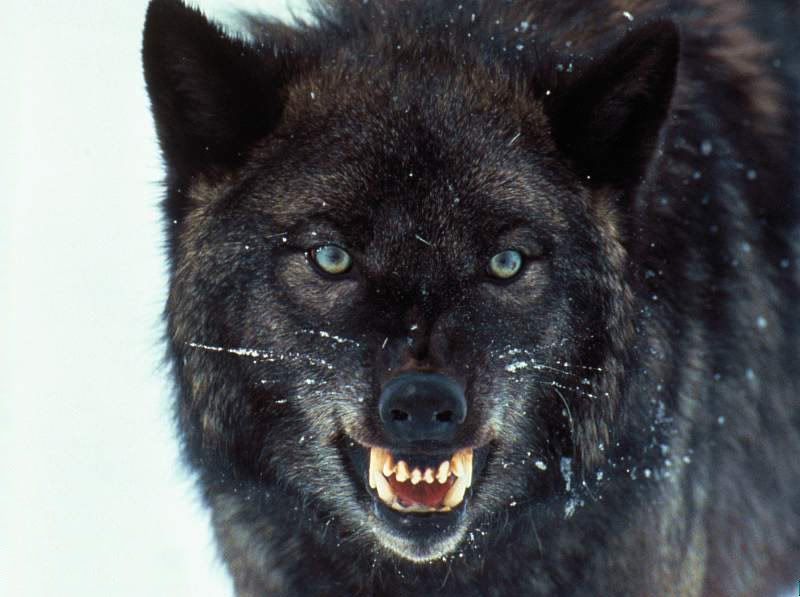Are there wolves in Utah?
Although there have been confirmed wolf sightings — and some instances of wolf-related livestock depredation — there are no known established packs in Utah.
Are wolves protected under the Endangered Species Act?
Yes. As of Aug. 5, 2010, wolves in the western United States, including all of Utah, are protected under the Endangered Species Act.
Can I kill a wolf that’s attacking my livestock?
No. Wolves are now listed as an endangered species and are fully protected under the Endangered Species Act. If wolves begin harassing or harming your livestock, contact the U.S. Fish and Wildlife Service (USFWS)
Will I be reimbursed if a wolf kills my livestock?
As long as wolves are protected under the Endangered Species Act, the state of Utah will not reimburse you for livestock killed by wolves. However, livestock owners may be eligible for compensation from a private organization. For details, see the Wolf Compensation Trust set up by Defenders of Wildlife.
Does Utah have a long-term plan for dealing with wolves?
In 2003, the Utah Legislature directed the DWR to prepare a wolf management plan. The DWR convened a diverse team with members from many interest groups. This effort had two main goals:
- To encourage the USFWS to delist wolves and give management authority to the state
- To outline how the state of Utah would manage wolves
In 2005, after an exhaustive public process, the Utah Wildlife Board and Utah Agricultural and Wildlife Damage Prevention Board approved the Utah Wolf Management Plan.
What will happen if a wolf enters Utah?
In 2010, the Utah Legislature passed legislation (see S.B. 36, Wolf Management) directing the DWR to request that the U.S. Fish and Wildlife Service immediately remove any wolves discovered in Utah. In compliance with the new law, the DWR sends a removal request to the USFWS each time a wolf is discovered in Utah.
What is the DWR’s position on wolves?
The DWR’s position has always been that wolves should be removed from the protection of the Endangered Species Act and be managed by the state of Utah. DWR leadership, the governor’s office and Utah’s congressional delegation have repeatedly requested that the federal government transfer management to the state. The DWR will continue urging the USFWS to delist wolves statewide. After that occurs, the DWR can implement its plan and manage wolves responsibly whenever — and wherever — they enter Utah. However, while wolves are endangered, the DWR does not have the authority to manage them, regardless of their impact on livestock or wildlife.
The DWR recognizes that unmanaged wolf populations may pose a serious threat to Utah’s wildlife. In nearby states — including Idaho, Montana and Wyoming — wildlife officials attribute declines in their elk herds to the unchecked growth of wolf packs. The DWR wants to prevent a similar situation from occurring in Utah. The DWR has a plan and personnel that can effectively manage wolves statewide.











